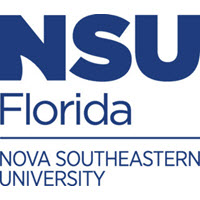Below is a summary of the abstract you submitted. Presenting author(s) is shown in bold.
If any changes need to be made, you can modify the abstract or change the authors.
You can also download a .docx version of this abstract.
If there are any problems, please email Dan at dar78@pitt.edu and he'll take care of them!
This abstract was last modified on March 25, 2025 at 9:47 a.m..

In 1915, Frederick William Twort and Felix d’Herelle discovered bacteriophages (phage), viruses that kill bacteria. As this was prior to the discovery of antibiotics, their work led to early development of phage therapy, treatment that involves the use of phage to selectively kill bacteria. Today, phage therapy provides an alternative to antibiotics especially by targeting specific pathogens that are normally resistant to multiple treatments. Even with its ability to alleviate the antibiotic-resistant problem, the vast majority of phage remains uncharacterized. Therefore, it is important to expand bacteriophage discovery-based and genome characterization research. Through the SEA-PHAGES (Science Education Alliance – Phage Hunters Advancing Genomics and Evolutionary Science) program at Nova Southeastern University, our aim was to isolate and genetically characterize novel bacteriophages, RazorC and Astralis, which target Gordonia rubripertincta NRRL B-16540, a difficult to treat pathogen resulting in rare neurologic and vascular infections in immunocompromised individuals. Genome sequencing of each phage was completed using Illumina Next Generation followed by auto-annotation using PECAAN and manual annotations were refined using Genemark, BLASTP, Glimmer, Phamerator, and HHPred. It was determined that RazorC and Astralis belong to cluster DV. RazorC has a genome length of 65,207 base pairs comprising ~94 genes. In contrast, Astralis has a genome length of 65,062 base pairs and ~95 genes. Therefore, these distinct and newly discovered phages allow for further insight into the world of Actinobacteriophages and will be deposited in a databases (https://phagesdb.org) for their future use and contribution in the control of hard to treat Gordonia infections.
